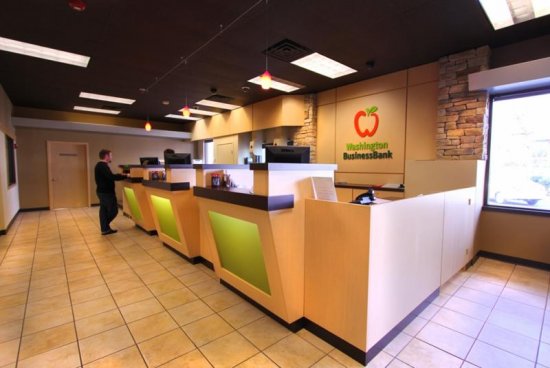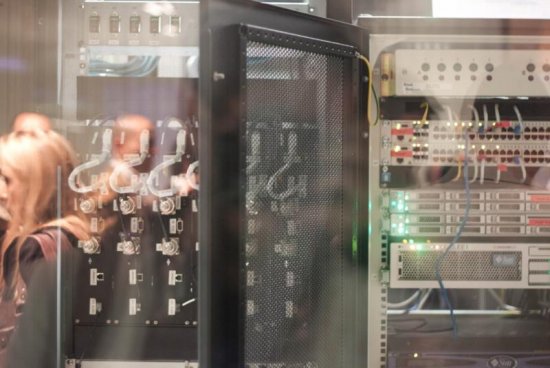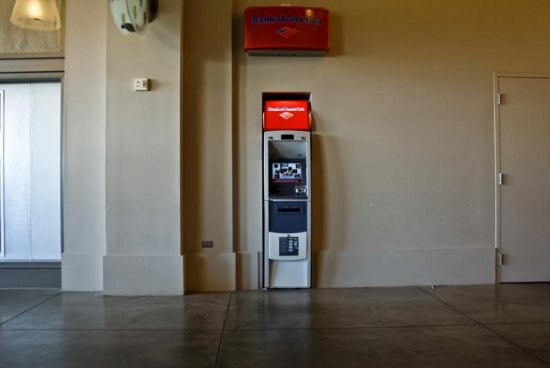Sudden power failure. What are the risks to the bank and its reputation?
Banking institutions can safely be attributed to the enterprises of the continuous cycle. Their primary mission is to ensure that critical operations are carried out day and night at all times. And not in manual, but in automatic mode. A variety of IT equipment is responsible for this and must provide uninterrupted power.
What about the risks?
Of course, a financial institution is not a dangerous business where a power outage can cause a major accident. But even the most common bank branch differs slightly from the office of a commercial company in terms of power requirements.
Consider the seemingly most innocuous situation. Several computers in the bank branch were shut down due to internal wiring problems. Of course, no money will be lost and the payments will not go anywhere. The fault will be rectified and normal operation of the department will be restored.
In just these few minutes, branch visitors can decide to transfer their accounts to another bank.The main asset of the bank is the trust of customers based on its absolute reliability. An unplanned service interruption seriously damages the reputation of a financial institution.
Obviously, losses in the event of a power outage at ATMs or a bank's data center will be much more serious. In addition, the cost of downtime is constantly growing due to the automation of financial transactions and the increase in customer requirements for their speed.
One of the solutions to the problem is the use of uninterruptible power supplies for reliable equipment protection.
In addition to ensuring equipment operability during power outages, modern UPS constantly monitors the operation of the power system, prevents the occurrence of damage to various devices caused by voltage spikes and surges, and ensures the constant availability of the data transmission network. UPS also protects bank equipment from other possible power system problems: frequency changes, harmonic distortion and transients.
Thus, UPS is indispensable when implementing an integrated approach to protecting the equipment of financial institutions. In combination with other solutions, the use of these devices allows you to achieve the most effective result.
What kind of UPS devices do banks need?
The financial sector traditionally places high demands on the equipment that guarantees the reliable operation of all the main systems. UPS is no exception.
Quality is of utmost importance.In this case, quality means not only the technical characteristics of the product, but also the practically confirmed reputation of the manufacturer, which guarantees high consumer properties of all manufactured products. One of the most important components here is reliability… Moreover, not the entire system whose performance can be improved by changing the redundancy scheme, but a single product.
Another important feature is the price, which includes, in addition to the sale price, operating expenses… Here they pay attention to efficiency, which largely determines the cost of the operation. It is also influenced by the scalability of the solution, battery life and ease of maintenance.
In addition to the general requirements for the UPS, the selection takes into account the operating conditions. Regarding the set of requirements in the financial sector, three main sectors can be distinguished.
The first is bank branches. To protect the equipment installed there, as a rule, UPS are used, which do not need a separate room with good air conditioning. This is due to the fact that often such objects experience a certain deficit of free space.
To protect workstations installed in offices, it is recommended to choose single-phase UPSs manufactured in both the classic form factor and the rack-mounted version. They must be hot-swappable, double-conversion technology, and high efficiency. It is highly recommended that you maintain the connection of external battery modules to increase battery life.
The second is banking data centers. Information is stored and operations are carried out there, and the operation of branches and ATMs depends on them.As a rule, the data center belongs to large energy consumers, and the equipment installed there needs particularly reliable protection.
In servers and data centers, powerful three-phase UPS devices are usually used, which support double-conversion technology, which protects the connected devices from any distortion. As a rule, such UPSs have a fairly high efficiency, the value of which exceeds 95%.
The third type of equipment is ATMs. It is so specific that it deserves a separate discussion.
How to protect ATM from power failure?
If all ATMs were located in bank branches, then it would not make sense to separate these devices into a separate group. But ATMs are installed wherever it is convenient for people: in shopping centers, hotels and even residential buildings. In some cases, the reliability of the power line leaves much to be desired, which is why a UPS is the only means of protection.
When choosing a UPS, it should be borne in mind that an ATM is not just an electrical device, but an electromechanical device. In fact, in push-button mode, it differs little from a regular computer and consumes the same 200-400 watts. But as soon as the process of receiving or giving money begins, his appetite increases several times. The mechanics are insatiable.
Thus, the UPS resource should at least be sufficient to complete the current operation correctly. Of course, even if there is not enough energy, nothing bad will happen to the client's money and card: the maximum that threatens him is a temporary blocking of the card stuck in the ATM.The damage to the bank will be much more serious — it is possible that the injured customer will choose another financial institution to hold his money.
The solution to the problem of ensuring continuous operation of the ATM is complicated by the relatively small dimensions of the device. To protect it, you need not only a reliable, but also a compact UPS. One example of such a solution is the Eaton 5SC line-interactive UPS.
Thanks to the function of automatic adjustment of the output voltage, it protects the equipment not only from power interruptions, but also from fluctuations in the input voltage, which allows its use on ordinary city lines.
Can a bank do without UPS?
The answer to this question can only be negative. Even when backup lines are used, it is necessary to compensate for voltage fluctuations and ensure operation of equipment during transfer from the main line to the backup. And for ATMs that are installed in a wide variety of locations, a UPS is often the only way to ensure normal operation of the device.
Thus, the operation of all banking equipment and therefore the operation of a financial institution depends on the correct choice of UPS.
The article was prepared by the press service of the Eaton company



